NSW bushfires: Tathra bushfire that incinerated homes likely the result of power lines and trees
More than two years after fire wrecked homes in the seaside town of Tathra, a coronial inquest has heard dead trees and power lines may have been to blame for the blaze.
Police & Courts
Don't miss out on the headlines from Police & Courts. Followed categories will be added to My News.
- Missing Persons Week: Teen Mick Croaker focus of AFP launch 47 years after his disappearance
- Bomaderry alleged arson murder: Cops probe fight as family mourns
The NSW Coroner has heard the vicious bushfire that descended on the NSW holiday town of Tathra likely started with power lines and trees in dry bushland.
A court is now picking through the ashes of the bushfire that, two years before the Black Summer that scarred Australia, gave the nation an idea of how explosive the bushland had become.
The South Coast town of Tathra, in early 2018, was decimated when fireballs rained from the sky from an encroaching bushfire.
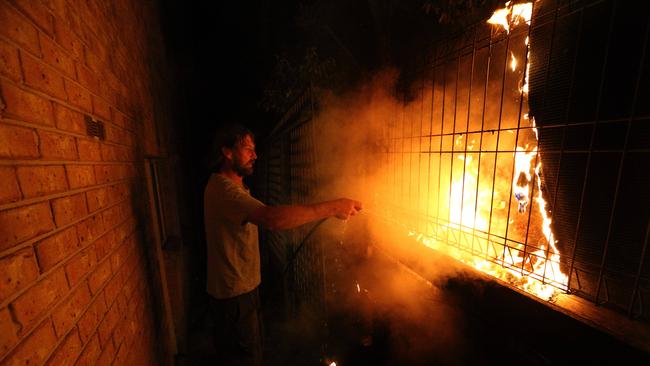
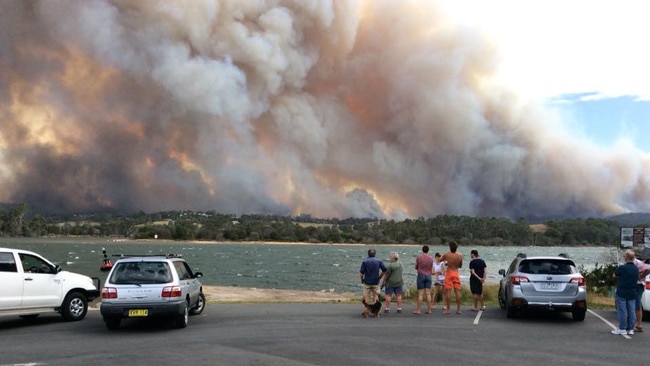
MORE NEWS
Grief goes on 47 years after disappearance
Ibrahim nephew spared prison over tobacco syndicate
Cops probe Bomaderry fight as man on murder charge
The fire had started in bushland south-west of Bega, jumped the river and marched all the way toward the sea fanned by hot winds - it burned almost 1400 hectares of land and caused about $63.5 million in damage.
Counsel Assisting the Coroner Adam Casselden SC, opening the inquest on Monday, said police and NSW Rural Fire Service investigations had found the likely origin were power lines on an “easement” in bushland in nearby Reedy Swamp.
“There are number of reports suggesting the fire had begun in or around a power pole easement,” he told the court.
“An aerial examination of the fireground conducted on the morning of 20 March, 2018, by investigators, together with an assessment of indicators on the ground level and line scan images taken by the RFS were consistent with these reports.”
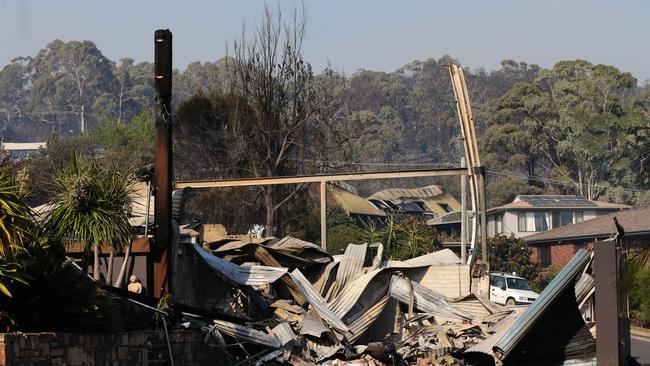
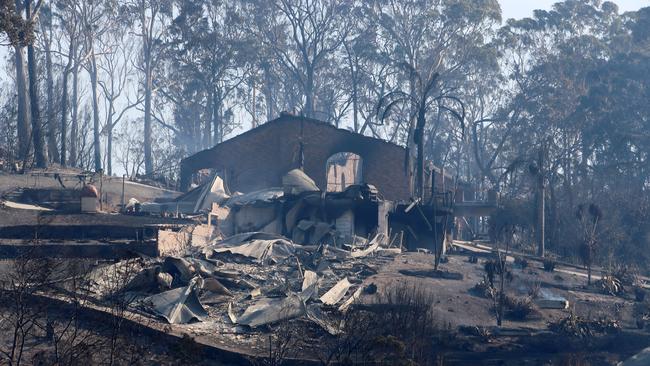
Experts are expected to tell Coroner Elaine Truscott dead trees fell into the power lines and the high voltage current ignited the dry vegetation.
Locals in the holiday town, at the time, struggled to comprehend how the inferno managed to move so quickly.
Many homes were reduced to rubble without the fire front itself ever reaching them.
“Remarkably, no deaths resulted from the fire but the impact was nevertheless tremendous,” Mr Casselden told the court.
“When all was said and done, the fire had destroyed dozens of houses and other buildings... hundreds of residents and visitors were displaced.”
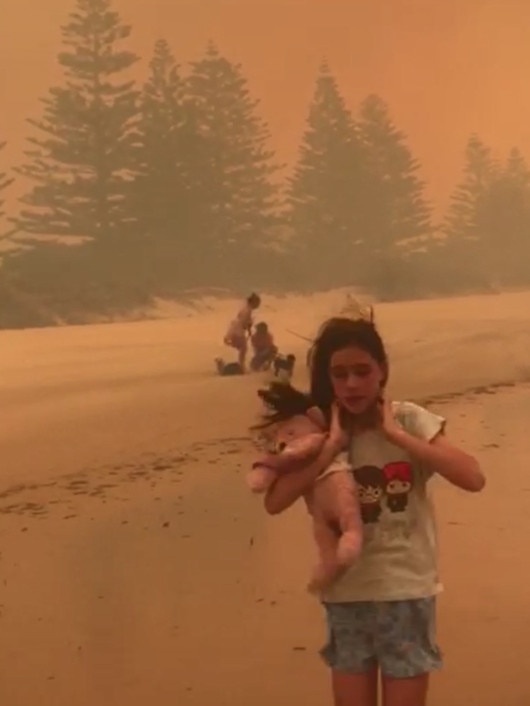
The coroner, on Monday, heard that the conditions were the worst ever recorded in March or Autumn on the Fire Danger Index.
The temperature reached 36.8°C just after midday on March 18 and wind, on average, was blowing at 50 km/h at its peak.
That created powerful ember attacks which residents, at the time, said were like “flaming hand grenades” cast far ahead of the main blaze in the surrounding hills.
“It sounded like a freight train when it hit us,” one local said at the time.
Mr Casselden said evidence would show an ember attack allowed the fire to jump the river and Tathra, shortly after “came under siege” in ”unpredictable ways”.
The court, on Monday, heard powerlines in the dry and dense bush land likely provided the spark just after midday.
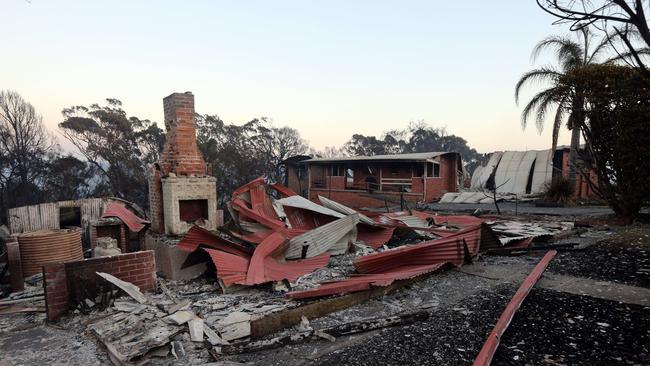
About 100 dwellings, made up of homes and caravans, were razed to the ground.
The evidence is expected to show the NSW Rural Fire Service, and the metropolitan brigades sent to battle the fire, were “reactive” as the fire multiplied and prevented any proactive strategy from being deployed.
“Every single available brigade was deployed,” Mr Casselden said.
The fire was so severe, and the impact so great, it prompted then NSW RFS commissioner Shane Fitzsimons to ask the coroner to conduct an inquest into the blaze.
The inquest continues this week.
